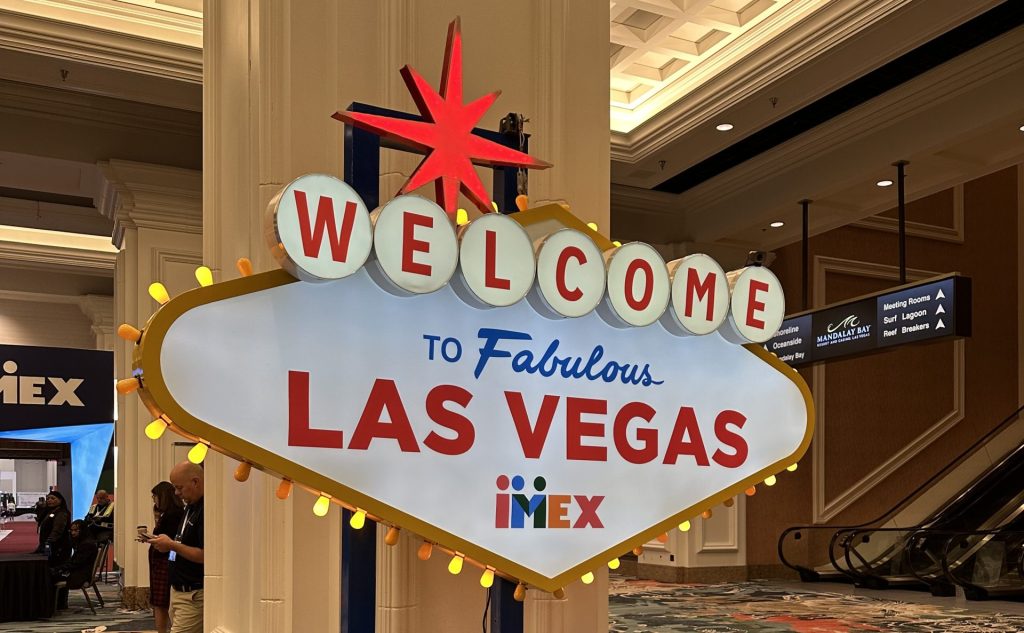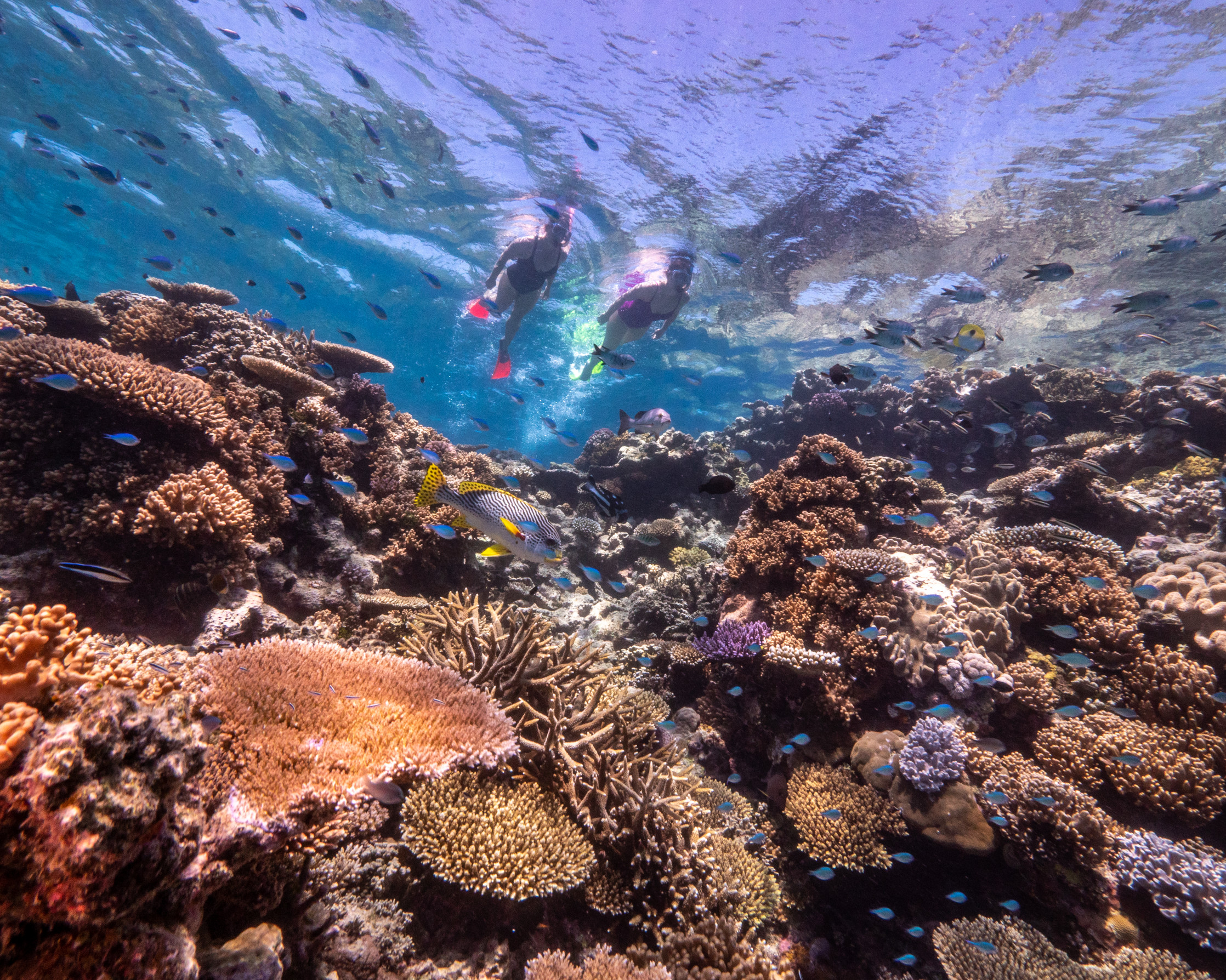One of the dismaying hallmarks of modern living is how distanced we have become from our natural environment, how we have sought to live in sealed and sanitised bubbles. Then when we miss the thrill of the great outdoors, we pay absurd sums for homogenised “soft adventure” experiences that we undertake armed with handy bottles of sanitiser and thick layers of sunscreen.
On Malaysian beaches, I have seen Japanese tourists bathe in less than a metre of placid sea wearing bright-orange lifejackets. I have walked through virgin rainforest on a beautiful, smooth wooden walkway, without getting a speck of dirt on my shoes, and a bottle of cool Evian always at hand. In Sydney, before being taken up a tall building for a view of the city, I was required to sign a non-liability agreement, before being counselled, reassured, divested of all jewellery including my wedding ring, dressed in something resembling a spacesuit, then harnessed and counter-harnessed. Finally, we rode an elevator to a balcony with high metal railings where I was duly photographed in a pose indicative of “X-treme” adventure.

Only in India
Adventurous exploits have been so sanitised, you might as well stay at home and watch them on TV. But in India, adventure is a scarcely avoidable part of life. While destination managers constantly attempt to manage and control this gloriously arbitrary country, India irrepressibly delivers on her promise of true adventure. She can always be relied on to offer the unsuspecting visitor a little more than he paid for. Few go back without a rich, novel experience that was not part of the original itinerary.
India also understands and delivers luxury far better than any culture in the world. It is a country where for hundreds of years, self-indulgent royals lived out their every fantasy without fear of judgement or revolution. It is a country where the gods are not impoverished prophets or ascetics preaching self-denial, but an exuberant pantheon who celebrate the fullness of life. Luxury as interpreted by India is an experience to be seized on while it lasts, as the country dives headlong into an era of accelerated change.
For those who want their conferences and events with a side-serving of adventure, there is a vast menu of options, for this is a country of vast geographic variables – mountains, forests, deserts, islands, tumbling rivers and seas. Groups on post-event programmes as well as incentive groups typically seek “soft” adventure such as camping, easy walks and jungle safaris, or engaging with tribal/village cultures – experiences that, while rewarding to the spirit and mind, are safe and do not make excessive physical demands.

A growing niche market
Adventure-themed programmes for corporate groups are still a very niche market in India, and some of the bigger destination management companies are yet to stick their toes in the water, preferring to stay with established market demands. Arjun Sharma, managing director of Le Passage to India, says: “We have luxury MICE travel and then, we have luxury adventure travel – but there are few instances where the twain may meet.”
Likewise, Krishna Wattal, head for inbound at Cox and Kings Ltd, thinks that “India is sold more as a cultural destination to the inbound business events market and we also do the same. In terms of adventure, we still lack the infrastructure to cater to the high-end adventure programmes geared towards corporate groups. This is a market that does not come to India.”
But PS Nageshwaran, who runs Incent Tours, one of India’s leading business events tour operators, disagrees. “It is easy to continue to live off a winning formula, but the fact is that the MICE traveller is changing. There was a time when inbound MICE travellers were young, first-time visitors who only knew about India’s maharajas and Mughals. But now the world has shrunk; they are extremely well-travelled and more well-informed, and are eager for a more real, less synthetic, less commercial experience.” In short, the bells are starting to toll for the old “Exotic India” formula.
The company has made a name for itself for creative events where highlight elements – such as river-rafting on the Ganges, trekking in Ladakh, and even hosting a conference in the middle of a tea garden in Munnar, Kerala – are all found in the itinerary.
And so it falls to smaller, boutique destination management companies to develop innovative packages that tap the country’s potential as an adrenaline-pumping adventure destination.
Taj Safaris is a high-end safari operator that has had remarkably successful experiences with small-size groups. Its exclusive jungle lodges boast anything from 12 to 18 cottages at premium sites near reserve forests. Says Mridula Tangirala, who heads Taj Safaris, “it is the perfect adventure experience for the crème-de-la-crème of the business world, or as an unusual off-site for say a company’s board of directors”. It also makes for a wonderful post-event breath of adventurous air, such as the time Ted Turner swung by after he was done chairing an event in Mumbai.
Companies have responded enthusiastically after exposing their top management to the “wilder side of things” at the Taj jungle lodges. Mridula elaborates: “HSBC used our jungle setting to trigger out-of-the-box thinking from its managers, by posing a real-life project wherein teams were to come up with innovative solutions for capacity/livelihood enhancement of a nearby village.”
Logistically, it cannot be an easy thing to cart a large group to a remote, rugged destination that also has enough rooms for demanding guests. In India, this is compounded by problems such as road and air connectivity, difficulties in obtaining liquor permits, or in requisitioning entry-permits into sensitive zones. What the destination lacks in infrastructure and efficiency, it more than makes up for in the resourcefulness of local events professionals, who can provide come memorable experiences such as serving you foie gras at 3,500 metres or apple strudel in a treetop machan to an exclusive, close-knit group of 20 to 40 people.
But India is changing every day. Indian DMCs find that it is now possible to outsource components to local providers at the site of the event. For instance, Incent Tours found that local caterers from Dehradun could be trusted to serve an elegant on-site meal with high-quality silver and spotless table linen, to a group of 48 unbuttoned corporates river-rafting on the Ganges. And a local outfit was found to set up a large parachute tent beside the river that doubled up as a meeting hall and meditation hall.
India’s unique selling proposition is the flexibility of its people, their ability to innovate and their innate talent for working around situations. Combine these strengths, and you get a bespoke experience, but always one with a unique Indian twist in the tail.

SAMPLE ITINERARIES
Incent Tours
The company has considerable experience organising adventure-themed programme in various locations in India, Nepal and Sri Lanka. A leading French magazine recently treated its most loyal advertisers to a trip to the high-altitude region of Ladakh:
day 1
Touchdown at Leh Airport after a heart-stopping flight over the Karakoram mountains. Welcomed by Ladakhis in native dress, offering the traditional khatak scarves.Lunch, a traditional Tibetan feast of thukpa noodles and Tibetan fried dumplings, or momos. Post-lunch trip to a polo match at the community grounds – a centuries-old tradition.
day 2
By jeep to Basgo monastery and then to Likir monastery for a blessing ceremony by the lamas. From here a 4km hike to Yangthang for picnic lunch beside a spring. Post-lunch hike up to the Ridzong monastery overlooking a gorge, for a meditation session and a cup of butter tea with the monks. Return to a 20-tent luxury camp with beds, electricity, water, bar and fine dining at Uletokpo (the first of its kind in Ladakh). In the evening, a shaman foretells the guests’ fortunes.
day 3
After breakfast, set off with a caravan of ponies and mules along a ridge leading to Alchi monastery (one of Ladakh’s most unusual and historically significant monasteries). Late-afternoon drive back to Leh for a grand finale of Ladakhi masked dances performed in the courtyard of Stok Palace. Dinner is a sumptuous Kashmiri wazwan feast prepared by cooks especially flown in from Srinagar.
day 4
Morning flight back to Delhi.
Reni Pani
Some of India’s most authentic, personalised adventure experiences come from home-grown, high-end properties such as Reni Pani. The 12-cottage Reni Pani Jungle Lodge is set in 12 wild hectares within the heart of the Satpura forest in Madhya Pradesh. Reni Pani recently hosted a Dutch-based business group, offering them the following authentic experience:

day 1
Arrival at Bhopal Airport and 3hr transfer to Reni Pani, Satpura Tiger Reserve, including a stopover at Bhimbetka, a Unesco World Heritage-listed site of prehistoric cave paintings. Afternoon session held in the cool shade of a Neem tree. Evening drinks beside the pool followed by a fireside bush dinner.
day 2
An early morning jeep safari into the Satpura National Park for game spotting accompanied by the resident naturalist, and back in time for brunch. Noon session held at the pottery centre. An evening bicycle ride to Reni Pani village, followed by high tea with the villagers. Cocktails by the light of oil lanterns, followed by a bush dinner around a crackling fire.
day 3
Early morning birding in the reserve forest followed by brunch at the lodge. Relax in the afternoon around the pool or enjoy the massage facilities available. Evening departure for the airport.

Fast Facts
ACCESS
Major Indian cities such as Delhi, Mumbai, Bangalore, Kolkata and Chennai are linked by air with most of Europe and Asia’s principal cities, both through Air India’s (www.airindia.in) network and those of the larger national carriers such as Singapore Airlines, Thai Airways, Cathay Pacific and Malaysia Airlines. Air India also has an extensive domestic network, as do Jet Airways and Kingfisher Airlines.
VISA
All nationalities (except Nepal and Bhutan) require a visa to enter India, but they are relatively quick and easy to obtain from Indian consulates. A tourist visa is generally valid for 180 days. For more details visit or http://india.visahq.com. Citizens of the following countries are entitled to a 30-day, single-entry tourist visa: Finland, Japan, Luxembourg, New Zealand and Singapore, Cambodia, the Philippines, Vietnam, Laos and Myanmar, but only through entry at Delhi, Mumbai, Chennai and Kolkata airports.
CLIMATE
Pre-monsoon spring can be very hot and dusty, while the rains and humidity in summer put many off. Autumn and winter are the best times to visit on the plains – but Ladakh, on the far side of the Himalayan mountains, is an exception; here summer is the only practical time to go.
LANGUAGE
Hindi is the official state language. English is widely used in business.
CONTACT
Ministry of Tourism, Government of India
email: contactus@incredibleindia.org
The Professionals
Incent Tours
email: nagesh@incent-tours.com
Taj Safaris
email: mirdula.tangirala@tajsafaris.com


